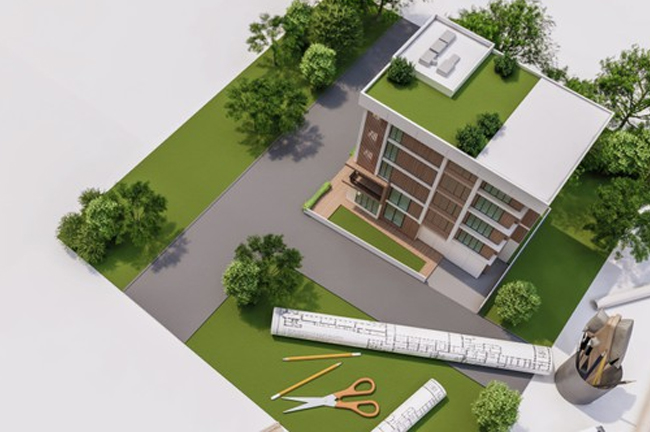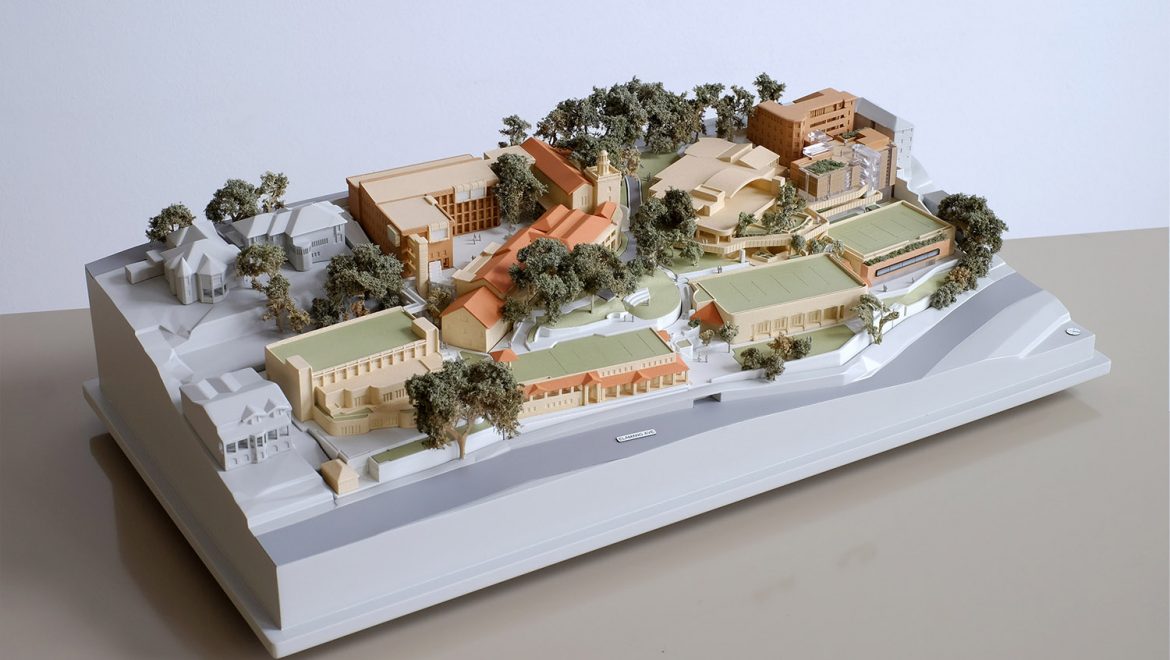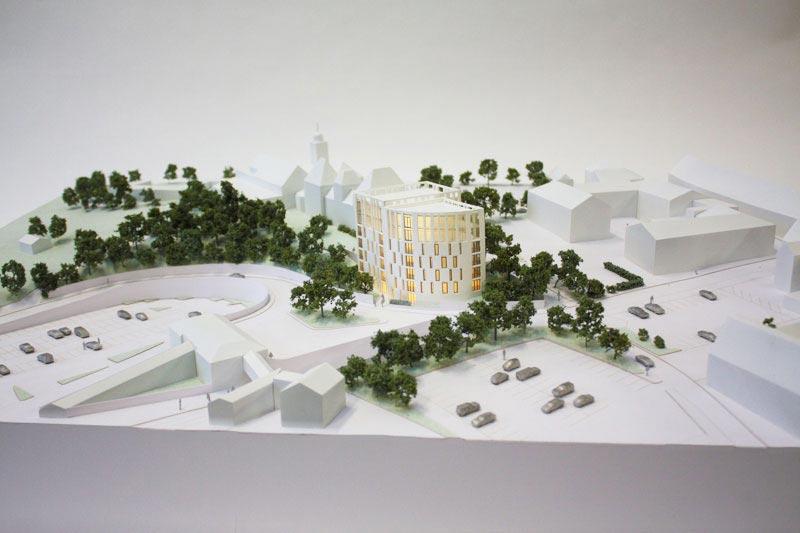ARCHITECTURAL MODEL MAKING AND PAPER FOLDING

Architectural model making and paper folding (origami) share similarities in terms of creating physical representations of ideas or designs. While architectural models are used to represent buildings and structures, origami focuses on creating various shapes, objects, and creatures from a single sheet of paper. Both techniques involve careful planning, precision, and attention to detail.
Architectural Model Making:
Architectural models are physical representations of buildings or structures, often built to scale. They are used to visualize and communicate design concepts, explore design options, and test the feasibility of ideas. Architectural models can be made from a variety of materials, such as cardboard, foam, wood, or plastic.
Key aspects of architectural model making:
Scale: Models are built to a specific scale, allowing for accurate representation and comparison of elements.
Materials: Choice of material can impact the appearance and durability of the model.
Detail: Architectural models can range from simple massing models to highly detailed representations, depending on the purpose and scope of the project.
Techniques: Model making techniques can include cutting, gluing, and assembling various materials, as well as 3D printing and laser cutting.
Paper Folding (Origami):
Origami is the traditional Japanese art of paper folding, where a single sheet of paper is transformed into a variety of shapes and objects without cutting, gluing, or additional materials. Origami can be used to create everything from simple shapes to complex, multi-piece sculptures.
Key aspects of paper folding:
Precision: Origami requires precise and accurate folds to create the desired shape.
Patterns: Origami is based on a series of specific folding patterns, which can be combined and modified to create various designs.
Complexity: Origami designs can range from simple shapes, like animals and flowers, to complex, geometric structures.
Techniques: Origami techniques can include valley folds, mountain folds, pleats, and reverse folds, among others.
While architectural model making and paper folding may serve different purposes, they both involve the creation of physical representations through the manipulation of materials. Both techniques require attention to detail, creativity, and patience, and they can inspire one another in terms of design and technique. For example, origami-inspired techniques have been used in architectural design to create unique, folding structures, or in creating intricate facades and interior elements.















